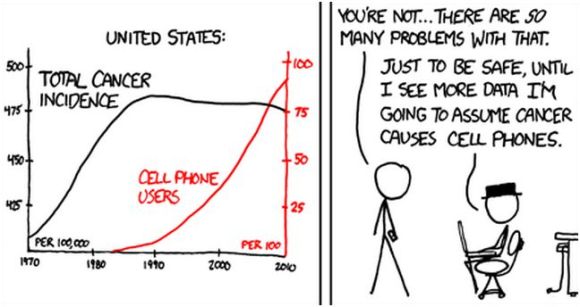On Mondays and Tuesdays I am an ambitious PR intern at Terrence Higgins Trust, Europe biggest HIV and sexual health charity. On a sidenote, they are an extremely nice bunch of people and they are very passionate about their job and that makes them very good at what they are doing.
At the moment I have two main regular tasks. One is doing internal communications. Every morning (or afternoon – depending on how it gets ready) an internal email goes out to employers including the day’s main news relevant to the charity , THT’s coverage in the media and internal news. A big part of this involves me sitting there for hours reading national newspapers and looking for relevant content and compressing each story into a sentence for the email – when my fingers are completely black of ink, I know I am ready. I actually really enjoy it! My tutors at Westminster Uni keep saying that we will have to bring the world into the company, so we really have to know what’s going on . By skimming through the papers for relevant content, you get an idea that what’s going on and then you read more closely what might be relevant so you are also fully informed of that. Then you bring all that into the company, by sending out an extract of the world. It works! This is not the point of my blog post by the way; I just wrote it down because before my internship I remember asking one of my teachers how PR people monitor the press. I couldn’t believe that there is someone actually sitting there going through all the papers. Well, there is.
My second main task is to help with media evaluations. By media evaluation I mean evaluating the amount of coverage of THT in any media every day. They have to do daily reports of in what medium (+type of medium: platform as well as topic), how many mentions of THT had, what the mention was about and whether it contained a quote from someone from THT. They have to keep track of each little mention in two separate documents in different categories of whether the coverage was proactive or reactive. Then they also have to report the reach of each mention – how many people could have read/seen/heard it if all the consumers of the medium would have recognised the mention. Then there are monthly reports of how many mentions could reach how many people and so on, as written above, and then do graphics. And then they have to report reach and participation of social media. On the bright side, thanks to all this I started to make friends with my old enemy, Excel.
What is all this administration good for? Is it good for anything?
As far as I am concerned, they really do not show a real picture of the impact of the Press office’s work. By counting mentions, we get no idea about the quality of reach. Starting with who knows how many people have really seen it/heard it, continuing with who knows whether it made any impact provided someone realised it, finishing with who knows whether those people are the right people (the target audience). It just does not make sense to equal a whole page Guardian article about Terrence Higgins Trust with a line “you can get help from THT” having a type size of 6 on the bottom of a niche magazine. So why is it important to count the mentions then?
It’s probably because board rooms are still sceptical about the value of PR and practitioners have to prove them somehow that it has a game-changer impact of what they are doing. PR still hasn’t got the taken-for-granted legacy from company leaders. So practioners are obliged to produce fancy charts and tables that show growth and that how many million people could hear about the company that month, even if it doesn’t make too much sense and my former TOK teachers would probably kill themselves seeing it (TOK = Theory of Knowledge, a core subject in the International Baccalaureate program I attended and it’s all about questioning and critical thinking; one of the biggest lessons is not to believe to statistics because they can be manipulated endlessly).
The point is: if I have spent all those hours with, say, thinking up a stunt that really surpises commuters on the way home from work, would have probably make a much bigger impact than counting mentions. Of course, it is important to monitor coverage, but maybe it is not neccesary to translate it into numbers? This is something those in the right position should give a thought to.

